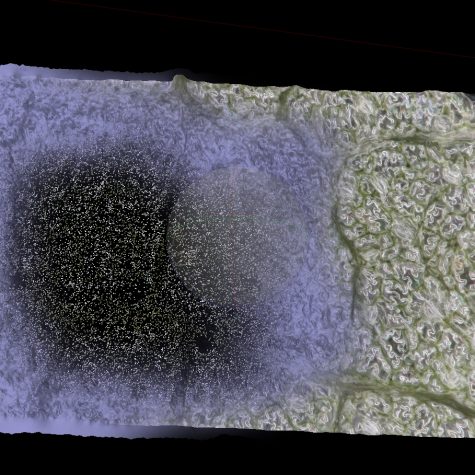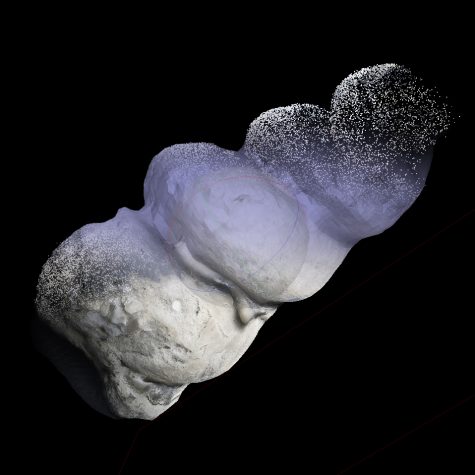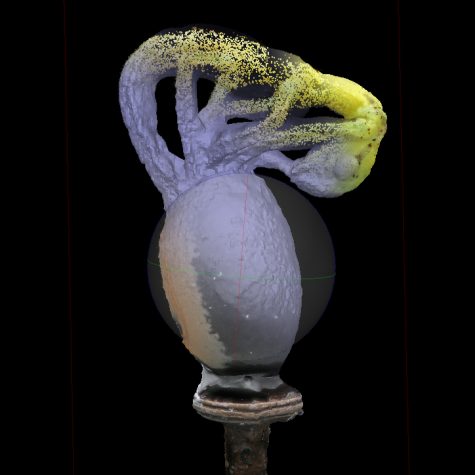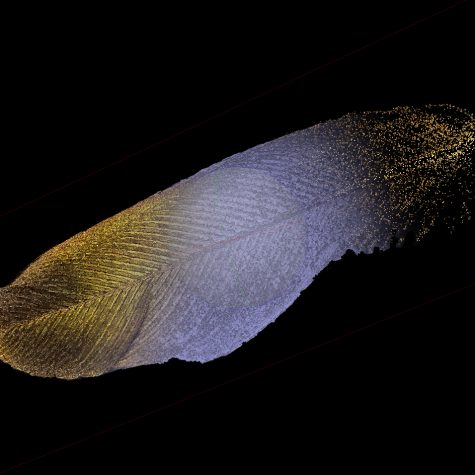Corylus americana, Leaf Texture from Fenton River
$59.00Corylus americana, the American Hazelnut, is a species of the genus Corylus that is native to eastern North America. It is a medium to large shrub that under some conditions can take the form of a small tree.




